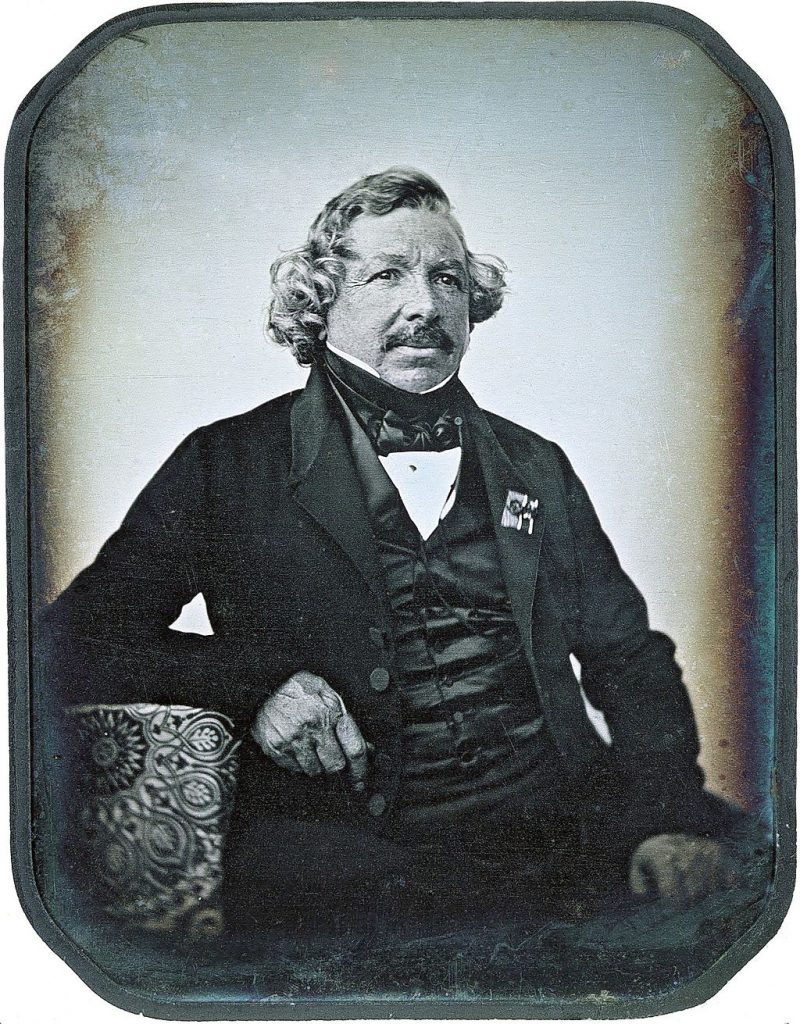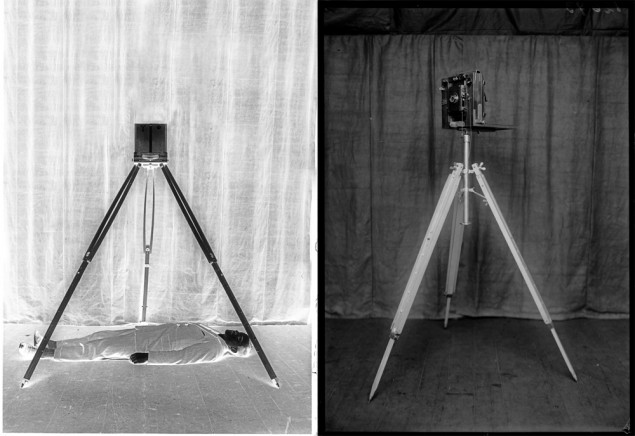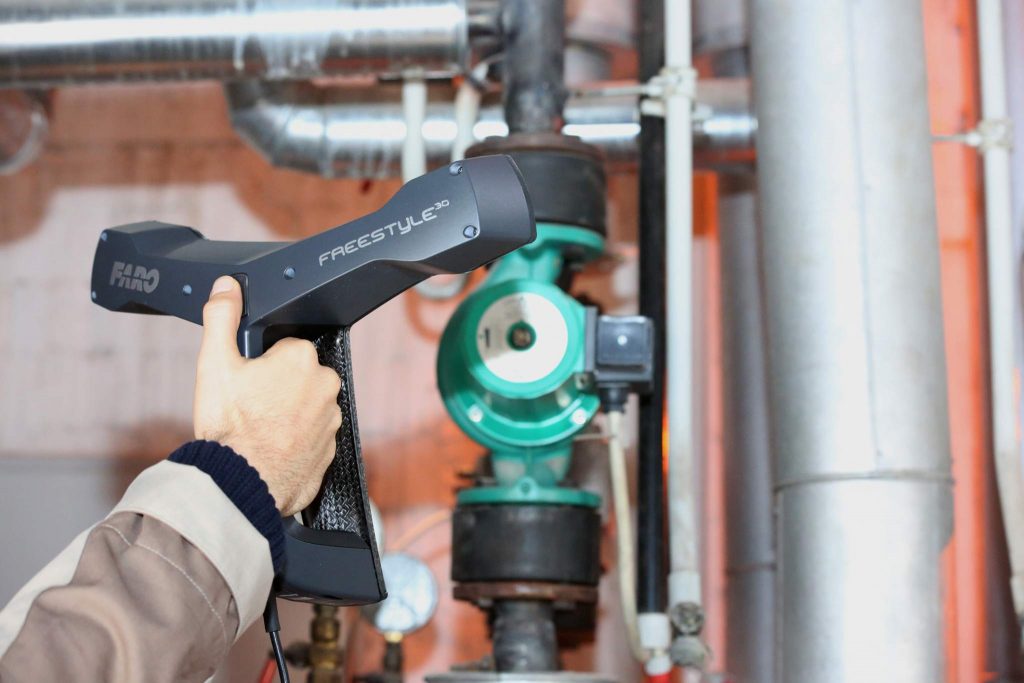FARO, Florida-based world leaders in 3D scanning and measuring devices and software, have announced they will add the next logical layer of imaging to crime scene investigation with their Freestyle3D Objects handheld laser scanners. 3DPI take a look and the technology and speaks with a law enforcement officer to put the news into context.
Evolution of images in crime scene investigation
In 1839 French artist Louis Jaques Mandé Daguerre’s Daguerreotype process was launched, and set in motion future inventions that would lead to photography becoming as ubiquitous as it is today.

Though the technology had been around for over 60 years by 1903, it took an auspicious mix of biometric expertise and law enforcement for police officer Alphonse Bertillon to make photography a tool for documenting crime scenes.
Anyone with a morbid fascination of such things may remember seeing some of Bertillon’s metric photography of murder victims circulating 2015-2016 due to the launch of The Photographer’s Gallery (TPG) exhibition Burden of Proof: The Construction of Visual Evidence in London. Popular 3D scanners ScanLAB Projects have also exhibited at TPG in the past, holding a workshop to create 3D portraits of some of the gallery goers.

In Bertillon’s time, the technology was revolutionary for a camera’s apparent inability to lie, and transformed not only the way that crimes could be recorded, but also the accuracy at which a conviction could be made. A crime scene without a camera is now indeed unimaginable and, perhaps in the next couple of decades, the same scene could be incomplete without the presence of a 3D scanner.
Realizing the demand for pin-point accuracy in the public safety sectors, the FARO Freestyle3D Objects is specially designed to capture awkward areas at the scene of a crime or incident at an accuracy of approximately 1mm. The Freestyle3D Objects is portable and designed to be easy to use – as investigators would only need to run the scanner carefully over an area to capture its digital image. As FARO’s Chief Commercial Officer Joe Arezone explains, “Working with our customers in public safety, FARO identified a need to be able to quickly capture hard-to-reach areas and very small details.”
Arezone goes on to add,
Evidence can be scanned at close range, [and] data captured with the Freestyle can also be combined with point clouds that are captured with the FARO Focus Laser Scanner to complete the documentation of a scene.
A professional police officer’s perspective

As a responding police officer for the UK’s South Yorkshire Police, PC Bates explains how she is responsible for preserving a scene for investigators and that her first-hand account of the incident is the backbone of any case when it makes it to the court. She says,
The current approach is quite old fashioned. Ordinarily all we can go on are pictures. Say, in a murder, the house, the room, the door would be photographed which sets the scene and is used to back up a responding officer’s notes. Blood spatter is your main thing of course, and obviously, weapons, the body’s location and position.
PC Bates elaborates,
In terms of time and expediency, by the time matters get to court [usually after a period of months in administration], showing something in 3D would be incredibly beneficial in place of a 2D picture. It would enable a judge and jury to better visualize what and how [a crime] happened.
Excited by the prospect of 3D scanner in the field, PC Bates also suggested that digital scans would be helpful to crime prevention methods, helping officers in training and the general public to get a perspective on how to keep themselves safe.
Beyond the scene of the crime
In addition to crime scene records, FARO Freestyle3D Objects have a range of cross-industry applications. Manufacturers could use the scanners to capture detail of components without having to remove other parts of the machine, to then reverse engineer or replicate a part.

Art conservator Jonathan Beck adds comment that Scan the World will be one of the projects using the Freestyle3D for arts heritage projects throughout 2017:
As much of FARO’s hardware is suited to scanning the detail of small artifacts, I will be working with the FARO Arm and FARO Freestyle scanner throughout the course of the year in conjunction with Scan the World to highlight this new exciting development in their technologies.
These kind of breakthrough approaches to technology are just the criteria 3DPI are looking for in our upcoming Awards. You can nominate FARO and any of their scanners for the the Scanner of the Year category while nominations remain open.
Featured image shows tape used to cordon off crime scenes in the US. Photo by: Ryan McGilchrist, shinealight on Flickr.


